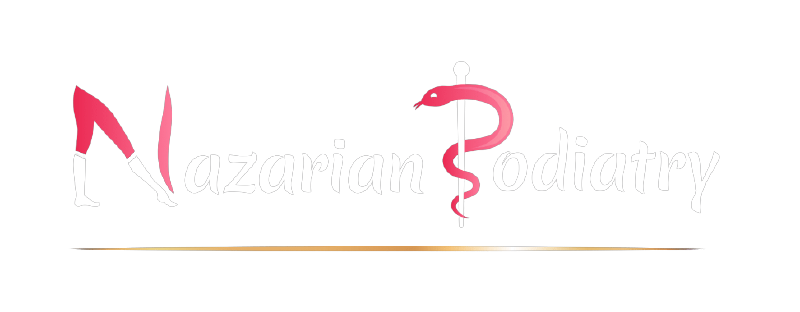Individuals with poor blood circulation (Peripheral Arterial Disease) and/ or poor sensation (neuropathy) to their lower extremity are prone to severe complications in the lower extremity and are considered to have” high risk foot type”.
With a high risk foot type, a simple callus, a minor cut, or an ingrown toenail can lead to severe complications such as ulcers, infections, and even limb loss.
Additionally, individuals with high risk foot type, will become prone to certain foot deformities (for example: hammertoes and bunions), which can affect their gait and shoe fit and further increase their risk of complications.
Individuals that suffer from a “high risk foot type“, need to monitor their feet daily and have routine professional check ups by a foot and ankle specialist to prevent complications!
What we do during a “high risk foot type” exam!!
- Review the complete medical history, social history and all medications
- Examine skin and address any conditions such as corns, calluses, fissures/cracks, abnormal skin lesions,skin pigmentations, and wounds
- Examine nails and address any conditions such as painful nails, ingrown nails, atypical nails, fungal nails
- Examine nerves, address any changes in the sensation, reflexes, and proprioception
- Examine blood flow -checking your pedal pulses, checking for swelling
- Examine musculoskeletal system – address any pain or deformities in the foot and ankle region
- Examine gait, balance and shoe gear
- Make an individual treatment and prevention plan for each patient
If you are not sure if you have a “high risk foot type” or not sure about your insurance coverage, please contact our office for more information.

